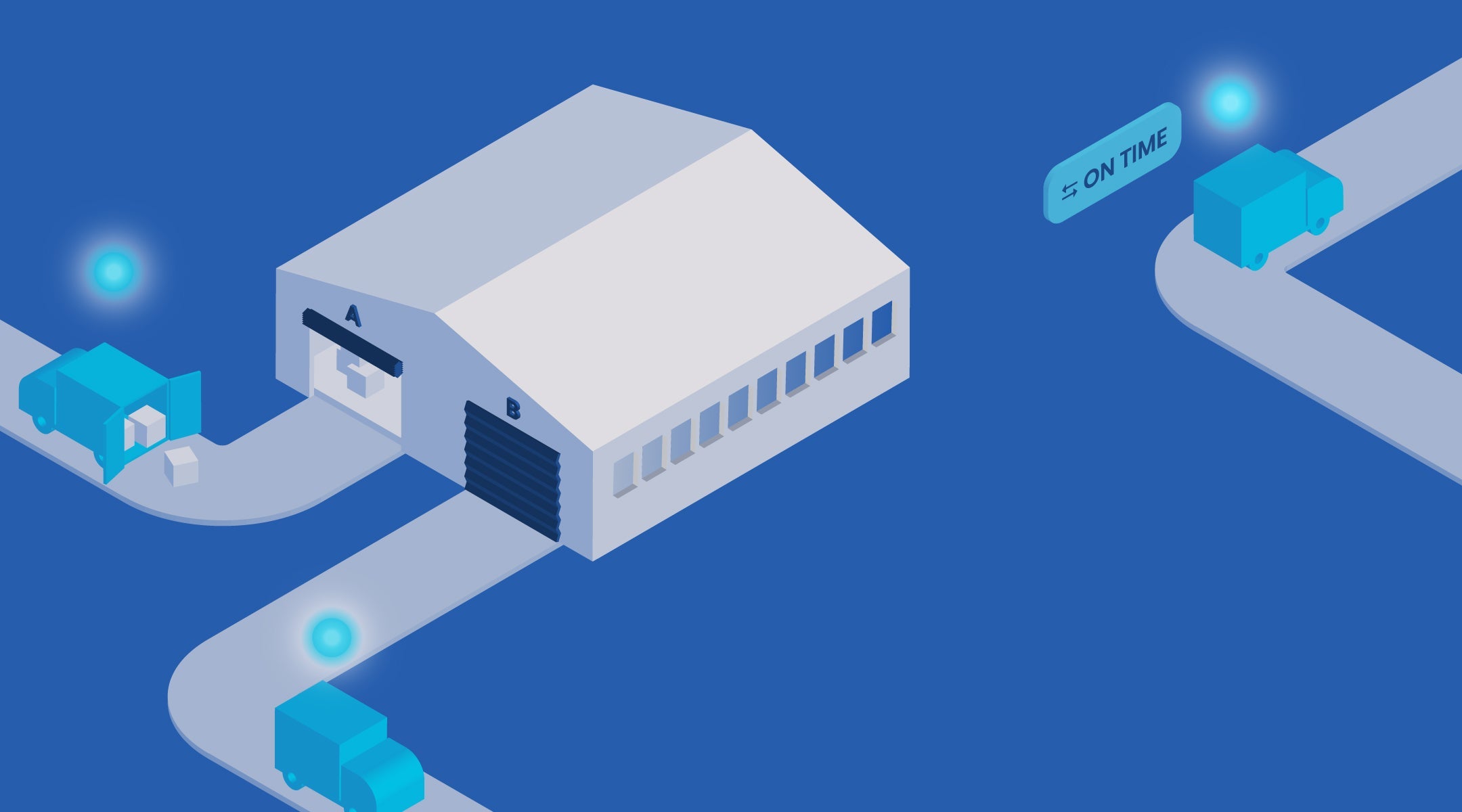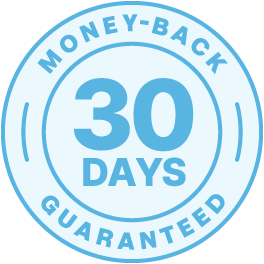Online shopping has changed the way customers shop, and how businesses fulfill their orders. In addition to providing in-store shopping experiences, businesses now have to rely on a complex network of logistics in order to get customers the items they want. One of the systems they use is called 3PL, and we’ll be covering it in this blog post.
What is 3PL?
3PL, or third-party logistics, is the industry of outsourcing inbound and outbound supply-chain logistics to other companies. Services offered by a 3PL provider typically include:
-
receiving products from vendors,
-
quality assurance,
-
storing products,
-
fulfilling customers,
-
and processing returns.
When 3PL came into its own as an industry in the 1970s, access to warehouse space, fulfillment staff, and negotiated shipping rates were the chief selling points. Today’s 3PL providers also offer significant technical advantages. Radio frequency identification (RFID) tagging, document automation, and global positioning systems (GPS) are among the technologies that 3PL partners use to improve efficiency, provide real-time tracking and visibility into the supply chain, and reduce costs.
How 3PL providers partner with businesses
By specializing exclusively in logistics, a 3PL provider can provide expertise, economies of scale, and physical resources that your business lacks.
Top 5 benefits of 3PL for your business
1. Faster and less-expensive shipping
Because a 3PL provider handles outbound shipments from multiple businesses, it has the volume required to negotiate lower shipping rates. A number of 3PL businesses operate their own fleets of delivery vehicles. You may be able to negotiate with your provider to ensure that orders received by a certain time ship out that same day.
2. Marketplace compliance
Marketplaces such as Amazon and Rakuten have rigid IT and fulfillment requirements for their vendors. A small or midsize business might need to invest in systems to achieve compliance, but an established 3PL partner is more than likely to already be compliant.
3. Scalability
Seasonal businesses risk having their in-house logistics team short-staffed during peak season or overstaffed during slow season. Likewise, their warehouses could be filled beyond capacity during the peak season, thus slowing down an employee’s ability to pick and pack products (and raising the risk of injury and damages). A warehouse could also be half-empty the rest of the year, leaving a company to pay for real estate they don’t need.
Working with a 3PL partner eliminates these issues. If you decide to grow your business into new markets or expand your product offering, a 3PL partner can provide all the necessary additional labor, equipment, warehouse space, and other back-end requirements for far less than if you were to scale up on your own.
4. Continuous improvement
To stay competitive, 3PL providers have to adopt the latest in logistics technology. They must keep a continual pulse on ever-changing shipping rates and carrier requirements, new picking and packing methods, and relationships within the global supply chain. All of this enables them to improve their clients’ fulfillment processes in ways that the clients themselves would never be able to imagine or afford.
5. Freedom to focus on core competencies
Leaving the fulfillment activities of your business to the experts gives you more time and energy to focus on your expertise, which is what enabled the growth of your business to begin with.
What to look for when choosing a 3PL partner
Before selecting a partner, prioritize your requirements. If you ship directly to consumers, you probably don’t want a 3PL provider that specializes in delivering to retailers. If low prices are your number-one need, you may have to sacrifice speed or visibility.
Here are a few more things to consider:
Technology and visibility
Technology facilitates visibility into the supply chain, enabling you and your 3PL partner to know where products are at any given time. GPS tracking, for instance, lets supervisors know the whereabouts of vehicles transporting your goods so that you can be warned of possible delays.
Just as important, GPS technology can provide drivers and their supervisors with information about accidents, detours, and also suggest alternate routes.
Other technologies to ask about include EDI (electronic data interchange) and WMS (warehouse management system). EDI systems enable the sharing of shipping notices, inventory inquiries, and other transactional data among the members of a supply chain.
Your 3PL partner’s EDI needs to be compatible with the systems of your other partners. A WMS provides fulfillment efficiency by streamlining product storage, picking, and packing within the warehouse. Ask about the reporting tools, inventory management features, and integration capabilities of a potential partner’s WMS.
Fulfillment center locations and capabilities
Always pay attention to distance and time to travel. If the vast majority of your business on the East Coast, a 3PL provider with warehouses in Kansas and Oregon is likely not your best option. On the other hand, if your’e located in New England but have customers throughout the country, you might opt for a partner with a centrally-located fulfillment center, if not multiple warehouses.
What’s more, if you import too much of your merchandise, you’ll want a 3PL provider with facilities close to your most commonly used ports.
Beyond location, consider the functionalities and specialties of potential providers. Are they accustomed to handling fragile items? What about perishables? Oversized products? Single-item orders, pallets, or truckloads?
Keep scalability in mind too, and not just in terms of seasonal volume. If your sales and marketing plans are geared towares 20% annual growth, be sure a partner can handle that.
Security
Given how much supply chains rely on the internet, you need to know about a provider’s cybersecurity measures. The same goes for the loss-prevention measures it has in place in its physical facilities.
Customer service
You’ll want a provider that’s responsive to your questions and concerns while also being proactive in solving problems. If an issue arises on Friday evening, you don’t want to wait until Monday morning to hear about it. By then, it may be too late to resolve. It’s also smart to observe how the 3PL partner interacts with the other members of the supply chain. Is there friction? Are they getting in each other’s way?
Costs
Pricing models vary among providers. This can make it tricky to compare costs. Some charge for inventory storage by the cubic foot, and others by the pallet. Some might even have a minimum pick/pack rate requirements or impose additional fees for inventory that remains in the warehouse for more than six months. And that doesn’t even count onboarding and integration.
Partnering with a 3PL expert can make a significant difference in the way your business functions, helping to streamline supply chain operations, save time, cut costs, and improve the overall customer experience. When researching a potential partnership, the unique needs of your business should be kept top of mind, along with technological, fulfillment, and customer service capabilities.




Share:
The Beginner’s Guide to Fleet Management
Go-To Guide: Real-Time Tracking